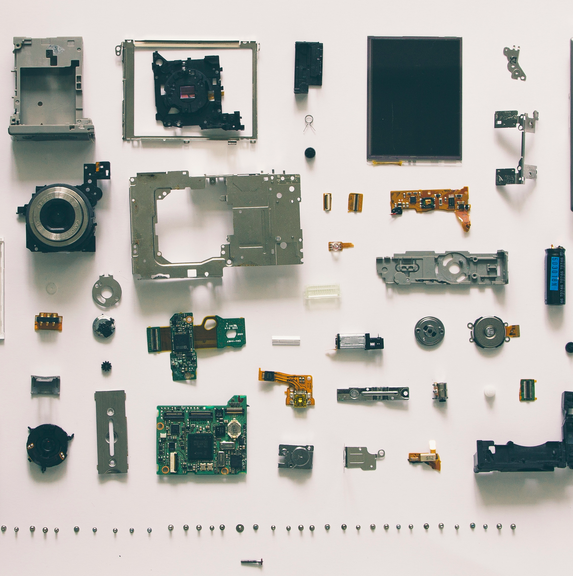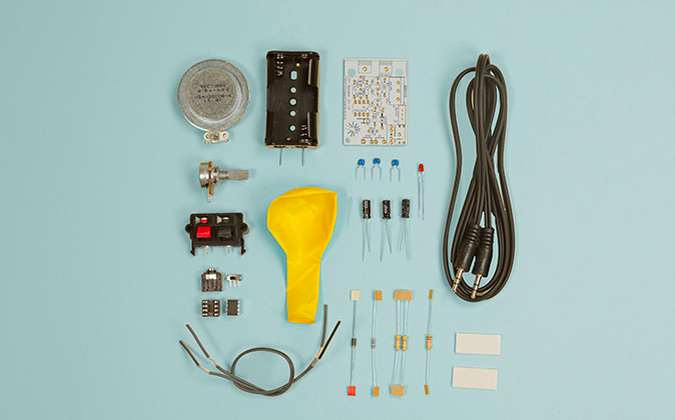Digital makers could well be the future of the UK tech industry, with IoT and innovation in hardware rapidly changing the way we live, work and play. We heard from Jill Hodges and Jessica Cobb of Fire Tech Camp on how digital makers improve their chances of success.
Makers are innovators, technicians, craftspeople, and engineers, coming up with ingenious ideas and bringing them into the physical world. The maker movement puts community at the heart of what and how it designs and produces – borne out of the ‘Do it Together’ mentality. Maker businesses are headed up by makers who became entrepreneurs, and typically not the other way around. They build teams to deliver their innovations to a wider public, filling an unmet need. Maker businesses try to build a community around a product that will bring together people and technology in new ways.
Maker businesses are inherently tricky. They tend to start with an innovation, an invention, a creative spark. The importance of the community in the output is in some ways a new economic model, where the “public good” is as important as the private benefit. It’s about societal impact.

So how does a maker business succeed? You need these five things to make it work:
Edge
You need a product vision and an aesthetic. Your product doesn’t have to be high design but it does have to be decisive. Same with your product portal, and the way that you present your product and your team to your community. Find a way to represent yourselves and roll with it. Be recognisable and have personality in your product and your interactions.
Consistency
Be steadfast with production and results. Find your pace. Build a team that operates as “vital organs” of the business – sustained overload will bring down the system. Execute. Be dependable and consistent. Don’t be that Kickstarter that never ships.
Holistic engagement
Be responsive, out and about, interested, and social. Know your community. Invite outsiders to visit, see what you’re up to, and jam with you. Show up to and support events that don’t directly benefit you – it’s about community. Be authentically interested in the things going on around you, not as a way to gain something, but as a way to truly engage and break down those “bubble” membranes that as an (overworked) entrepreneur can creep up quickly.
Need
Don’t design in a vacuum. Don’t build a product that reflects what you can do without also making the lives of your people better. Find a problem and solve it. Make sure that you are offering something that people will want and need, not just a showcase for something “cool.” You can do the latter, but that’s likely to be a hobby and not a business.
Plan
Make one. You need to have the resource scaffolding in place – money, time, people – for a robust business. How you are going to sustain yourself and your team until your product ships? How are you going to get to scale? Find backers – individuals you meet or backers that you gather through crowdsourcing and virtual networking – and bring them along as you grow, adapt, and execute.

Technology Will Save Us is a kind of Rep-Rap of maker businesses, with its products begetting other makers. We are frequent backers of Kickstarter projects like Light Blue Beans and TinyScreen that fuel our own projects. We hope that our own business, although a service rather than hardware, also amplifies the makers who take an interest! In the best of these businesses there is design, there is a desire to make some aspect of the world easier or better, there is an authentic sense of community, there is a sustainable economic model, and most importantly, there is excellent execution.
Make on!



